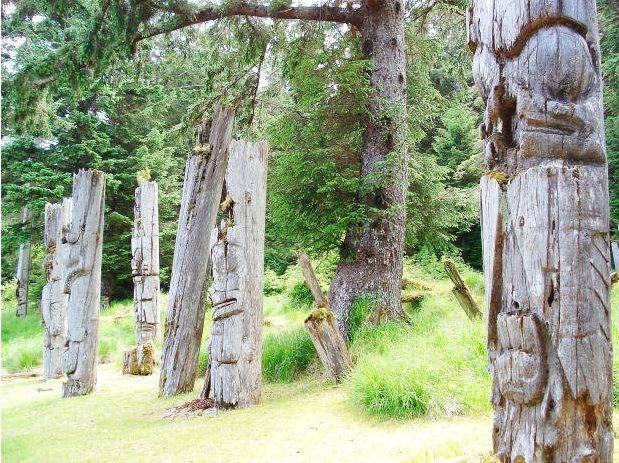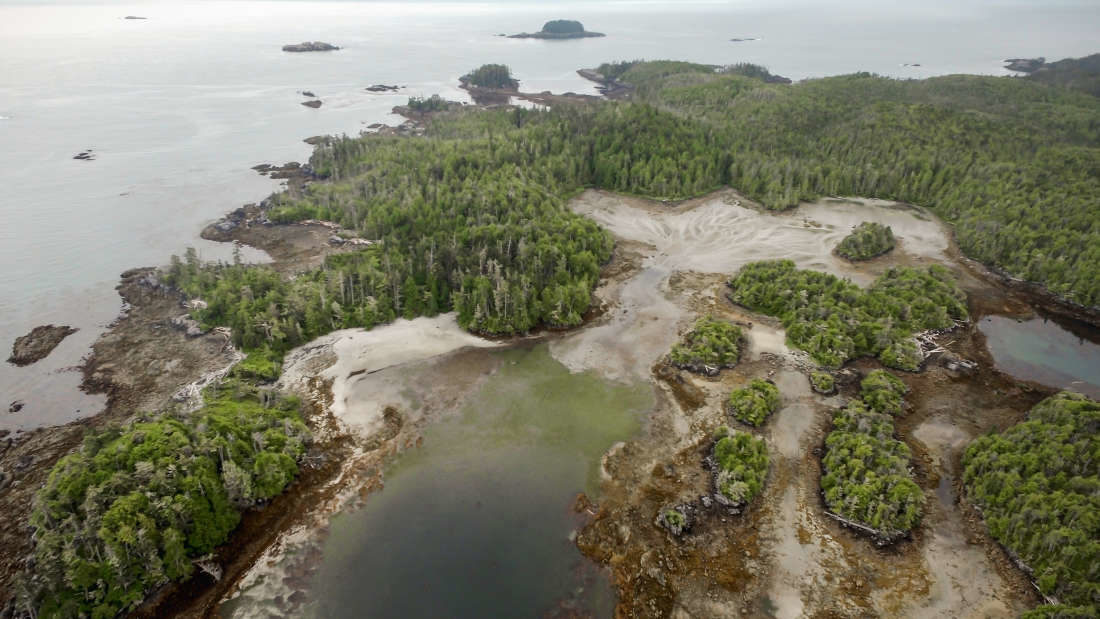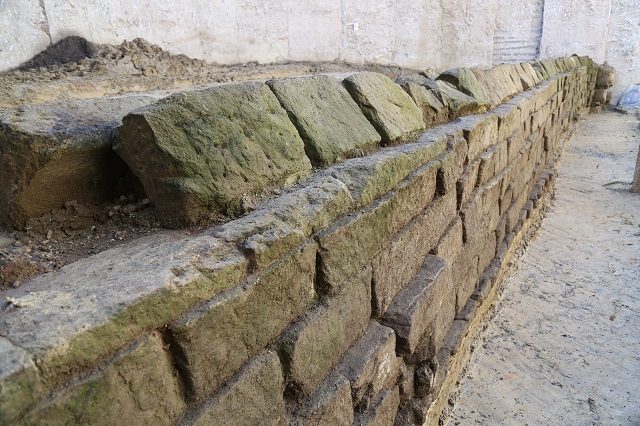
© Photo by Taylor Weidman/LightRocket/GettyNative knowledge - A Moken woman stares out to sea.
Shortly before 8am on 26 December 2004, the cicadas fell silent and the ground shook in dismay. The Moken, an isolated tribe on the Andaman Islands in the Indian Ocean, knew that the Laboon, the 'wave that eats people', had stirred from his ocean lair. The Moken also knew what was next: a towering wall of water washing over their island, cleansing it of all that was evil and impure. To heed the Laboon's warning signs, elders told their children, run to high ground.
The tiny Andaman and Nicobar Islands were directly in the path of the tsunami generated by the magnitude 9.1 earthquake off the coast of Sumatra. Final totals put the islands' death toll at 1,879, with another 5,600 people missing. When relief workers finally came ashore, however, they realised that the death toll was skewed. The islanders who had heard the stories about the Laboon or similar mythological figures survived the tsunami essentially unscathed. Most of the casualties occurred in the southern Nicobar Islands. Part of the reason was the area's geography, which generated a higher wave.
But also at the root was the lack of a legacy; many residents in the city of Port Blair were outsiders, leaving them with no indigenous tsunami warning system to guide them to higher ground.Humanity has always courted disaster. We have lived, died and even thrived alongside vengeful volcanoes and merciless waves. Some disasters arrive without warning, leaving survival to luck. Often, however, there is a small window of time giving people a chance to escape. Learning how to crack open this window can be difficult when a given catastrophe strikes once every few generations. So humans passed down stories through the ages that helped cultures to cope when disaster inevitably struck. These stories were fodder for anthropologists and social scientists, but in the past decade, geologists have begun to pay more attention to how indigenous peoples understood, and prepared for, disaster.
These stories, which couched myth in metaphor, could ultimately help scientists prepare for cataclysms to come.Anyone who has spent time around small children gets used to the question 'why?'
Why is the sky blue? Why do birds fly? Why does thunder make such a loud noise? A friend's mother told us that thunder was God going bowling in the sky. Nature need not be scary and unpredictable, even if it was controlled by forces we could neither see nor understand.
The human penchant for stories and meaning is nothing new. Myths and legends provide entertainment, but they also transmit knowledge of how to behave and how the world works. Breaking the code of these stories, however, takes skill. Tales of gods gone bowling during summer downpours seems nonsensical on the surface, but know a little about the sudden thunderclaps and the clatter of bowling pins as they're struck by a ball, and the story makes sense.




Comment: For a history of the horrific 1664 European plague, read the firsthand account by Daniel Defoe that speaks volumes of the pestilence at that time. Also: Pestilence, the Great Plague and the Tobacco Cure.